
The 40th Flight Test Squadron is a United States Air Force unit. It is assigned to the 96th Operations Group, based at Eglin Air Force Base, Florida.

The 64th Aggressor Squadron is a United States Air Force unit. It is assigned to the 57th Adversary Tactics Group at Nellis Air Force Base, Nevada.

The 35th Fighter Wing is an air combat unit of the United States Air Force and the host unit at Misawa Air Base, Japan. The wing is part of Pacific Air Forces (PACAF)'s Fifth Air Force.
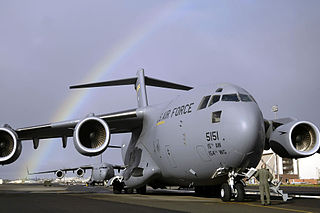
The 15th Wing is a wing of the United States Air Force at Joint Base Pearl Harbor-Hickam, Hawaii. The wing reports to 11th Air Force, Headquartered at Joint Base Elmendorf-Richardson, Alaska.

The 33rd Fighter Wing, sometimes written 33d Fighter Wing, is a United States Air Force unit assigned to Air Education and Training Command's Nineteenth Air Force. It is stationed at Eglin Air Force Base, Florida where it is a tenant unit.

The 25th Fighter Squadron is part of the US Air Force's 51st Operations Group, 51st Fighter Wing, at Osan Air Base, South Korea. It operates the Fairchild Republic A-10 Thunderbolt II aircraft conducting close air support missions.

The 47th Fighter Squadron is an Air Force Reserve Command unit based at Davis–Monthan Air Force Base, Arizona, where it flies Fairchild Republic A-10 Thunderbolt II aircraft and is assigned to the 442d Operations Group.

The 54th Fighter Squadron is an inactive United States Air Force unit. Its last assignment was to the 3d Operations Group, being stationed at Elmendorf Air Force Base, Alaska. It was inactivated on 28 April 2000.

The 60th Fighter Squadron is an inactive United States Air Force squadron. It was last assigned to the 33d Fighter Wing at Eglin Air Force Base, Florida. It was inactivated on 1 January 2009.

The 69th Fighter Squadron is a United States Air Force Reserve fighter squadron. It is assigned to the 944th Operations Group, stationed at Luke Air Force Base, Arizona.

The 39th Flying Training Squadron is part of the 340th Flying Training Group and is the reserve associate to the 12th Flying Training Wing based at Randolph Air Force Base, Texas.

The 46th Fighter Training Squadron is an inactive United States Air Force unit. Its last assignment was with the 917th Operations Group at Barksdale Air Force Base, Louisiana. where it was inactivated on 1 October 1993.
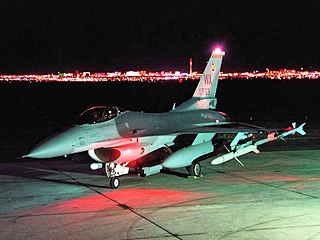
The 16th Weapons Squadron is a United States Air Force unit. It is assigned to the USAF Weapons School, based at Nellis Air Force Base, Nevada.

The 33d Operations Group is the flying component of the 33d Fighter Wing, assigned to Air Education and Training Command of the United States Air Force. The group is stationed at Eglin Air Force Base, Florida.

The 31st Operations Group is the flying component of the 31st Fighter Wing, assigned to the United States Air Forces in Europe. It is stationed at Aviano Air Base, Italy.
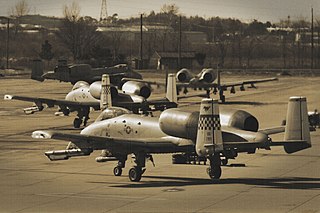
The 51st Operations Group is the operational flying component of the United States Air Force 51st Fighter Wing, stationed at Osan Air Base, South Korea.

The 18th Operations Group is the operational flying component of the United States Air Force 18th Wing, stationed at Kadena Air Base, Okinawa, Japan.
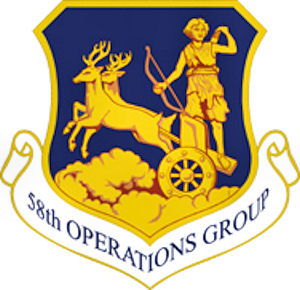
The 58th Operations Group is the operational flying component of the United States Air Force 58th Special Operations Wing. It is stationed at Kirtland Air Force Base, New Mexico.

The 49th Operations Group is the operational flying component of the United States Air Force 49th Wing. It is stationed at Holloman Air Force Base, New Mexico, and is a part of Air Combat Command (ACC).
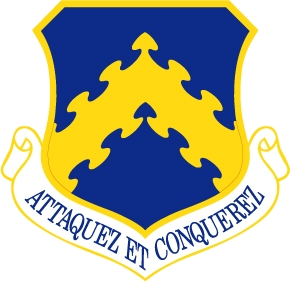
The 8th Operations Group is the operational flying component of the United States Air Force 8th Fighter Wing. It is stationed at Kunsan Air Base, South Korea, and is a part of Pacific Air Forces (PACAF).





























